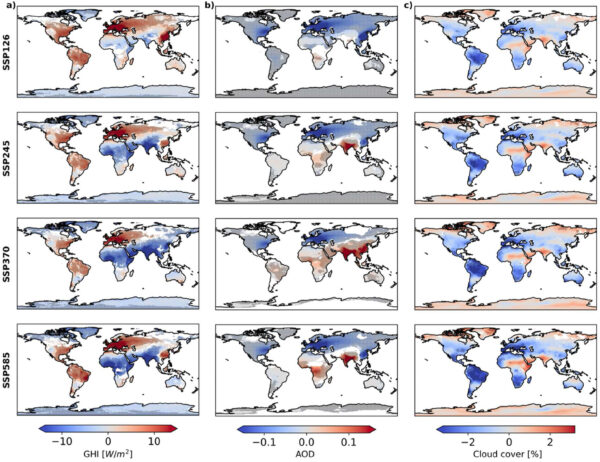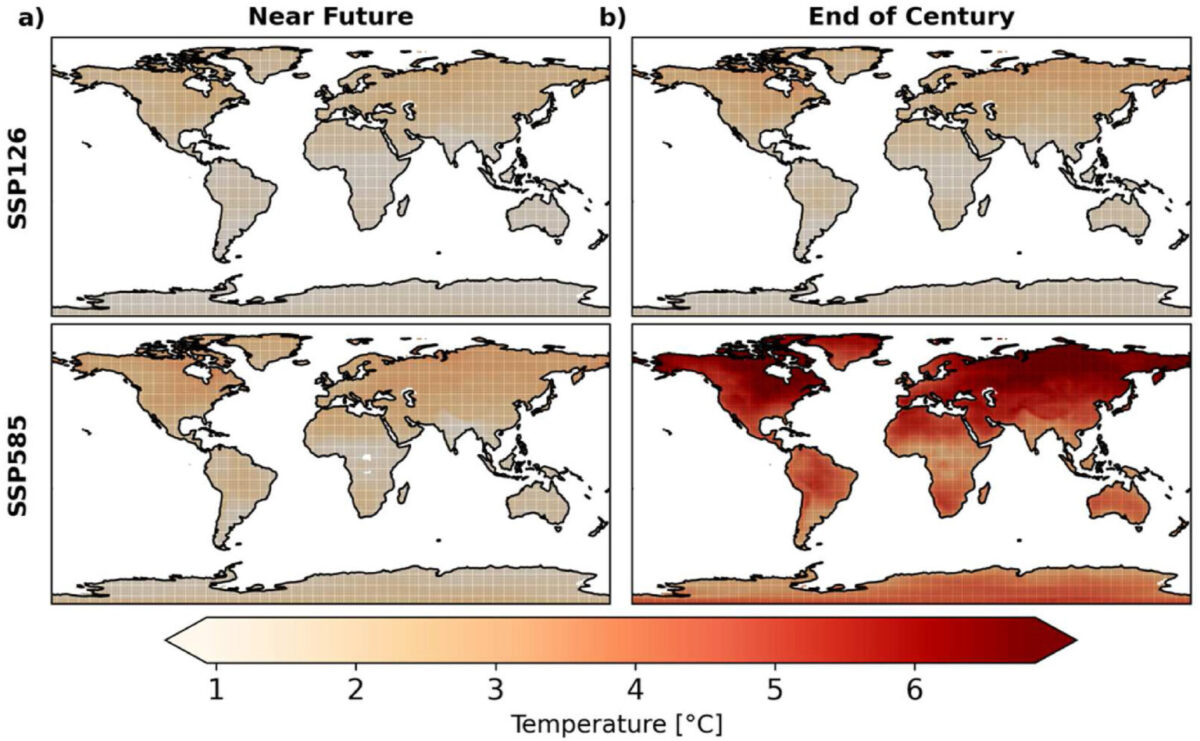Researchers from the UNSW School of Photovoltaic and Renewable Energy Engineering have mapped PV productivity across future emissions scenarios in various parts of the world, with a focus on maximizing potential and minimizing costs in warmer climates.
The study’s models reflecting different emission-level scenarios made such differences clear across global regions. The study found that, with increasing climate change, solar resources increased in West and Central Europe, South America, and Central North America. In contrast, global horizontal irradiance (GHI) reductions were predicted in northeast Africa, the Tibetan plateau and South Asia.

To continue reading, please visit our pv magazine Australia website.
This content is protected by copyright and may not be reused. If you want to cooperate with us and would like to reuse some of our content, please contact: editors@pv-magazine.com.


1 comment
By submitting this form you agree to pv magazine using your data for the purposes of publishing your comment.
Your personal data will only be disclosed or otherwise transmitted to third parties for the purposes of spam filtering or if this is necessary for technical maintenance of the website. Any other transfer to third parties will not take place unless this is justified on the basis of applicable data protection regulations or if pv magazine is legally obliged to do so.
You may revoke this consent at any time with effect for the future, in which case your personal data will be deleted immediately. Otherwise, your data will be deleted if pv magazine has processed your request or the purpose of data storage is fulfilled.
Further information on data privacy can be found in our Data Protection Policy.